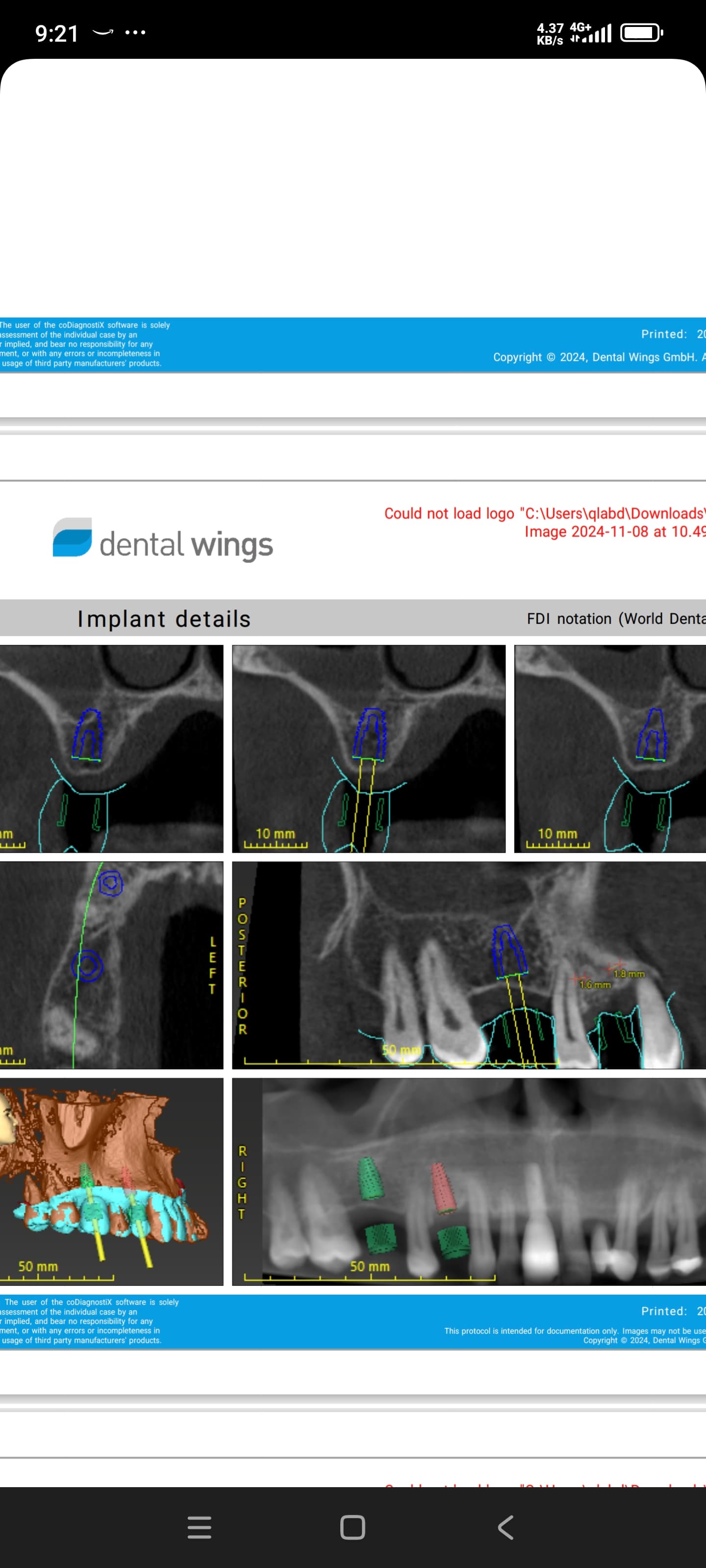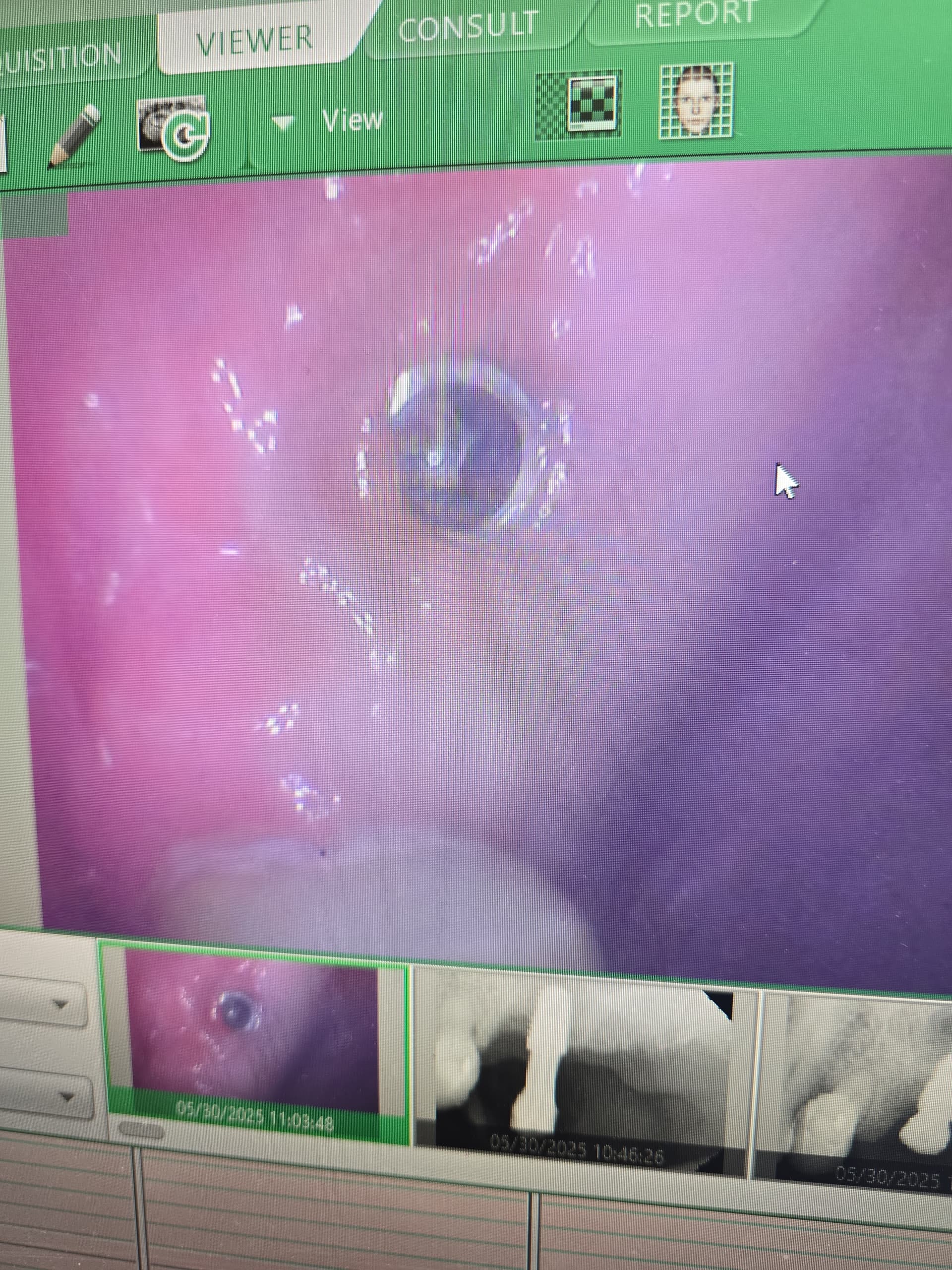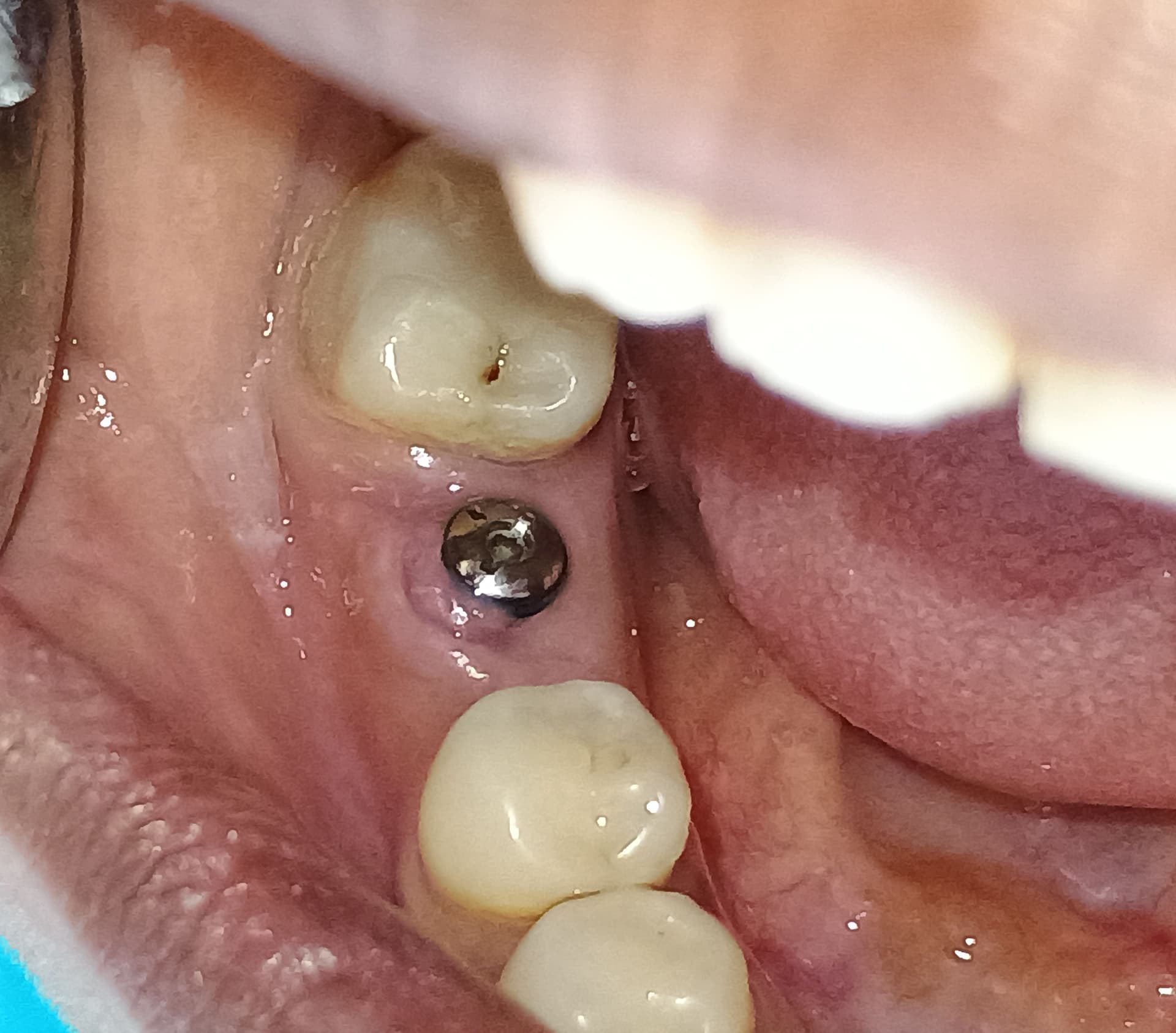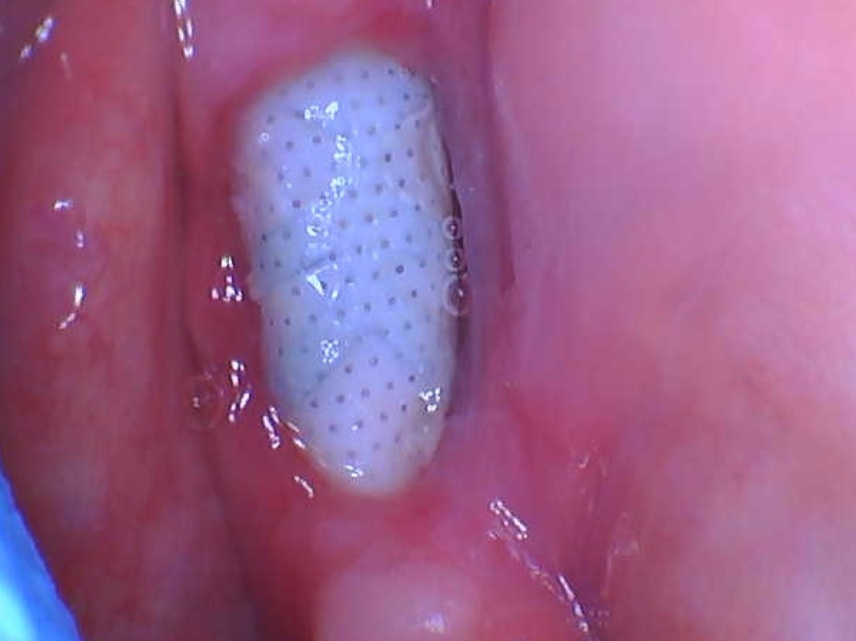Technique to Determine if Membrane has been Perforated?
Dr. N. asks:
I recently performed a lateral sinus lift for a patient. In the early part of the surgery when I took the lateral wall of the sinus out I thought I had lacerated the membrane. I asked the patient to inhale and exhale and I could not see any air bubbles.
I think this is an indication that I did not perforate the sinus membrane. I do not know of any other technique that I can use during the surgery to determine if the membrane has been perforated. Does anyone know of another technique to determine this during the surgery that could be used to corroborate this finding?
3 Comments on Technique to Determine if Membrane has been Perforated?
New comments are currently closed for this post.
Marcus
8/6/2007
You know, most oral surgeons will tell you it's not IF you perforate the Schneiderian membrane - it's WHEN. It's almost an invariable occurrence. But in terms of ways to tell, I wouldn't go crazy with having the patient Valsalva as this could introduce a huge tear in the sinus. Yes I think if you see the membrane bellowing in and out with gentle nasal breathing it's a fair sign that the membrane is grossly intact. The thing is that even if the membrane remains intact during the dissection stage, you can still end up with a tear when you pack your particles. Therefore:
Typically, one lines the membrane side with a resorbable membrane (e.g. collatape) before placing the bone material anyway so a tear or hole doesn't matter as the membrane regenerates within a few days.
Tony Woo, DDS
8/7/2007
I use a combination of a Valsalva, look with an endoscope, and look for movements of the membrane during just gentle breathing.
I agree with Marcus.
DH
8/10/2007
Would it be possible for Dr. Woo to give more details regarding the endoscope he uses.














